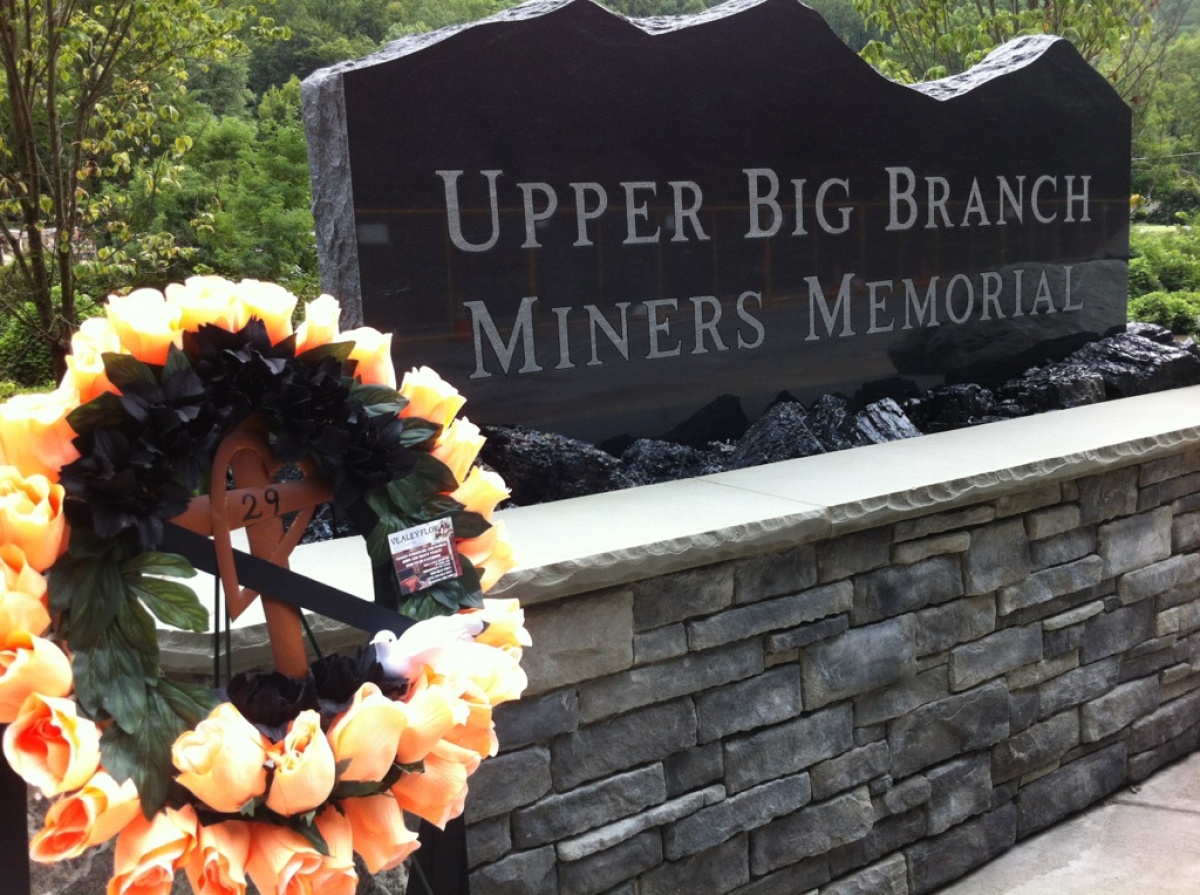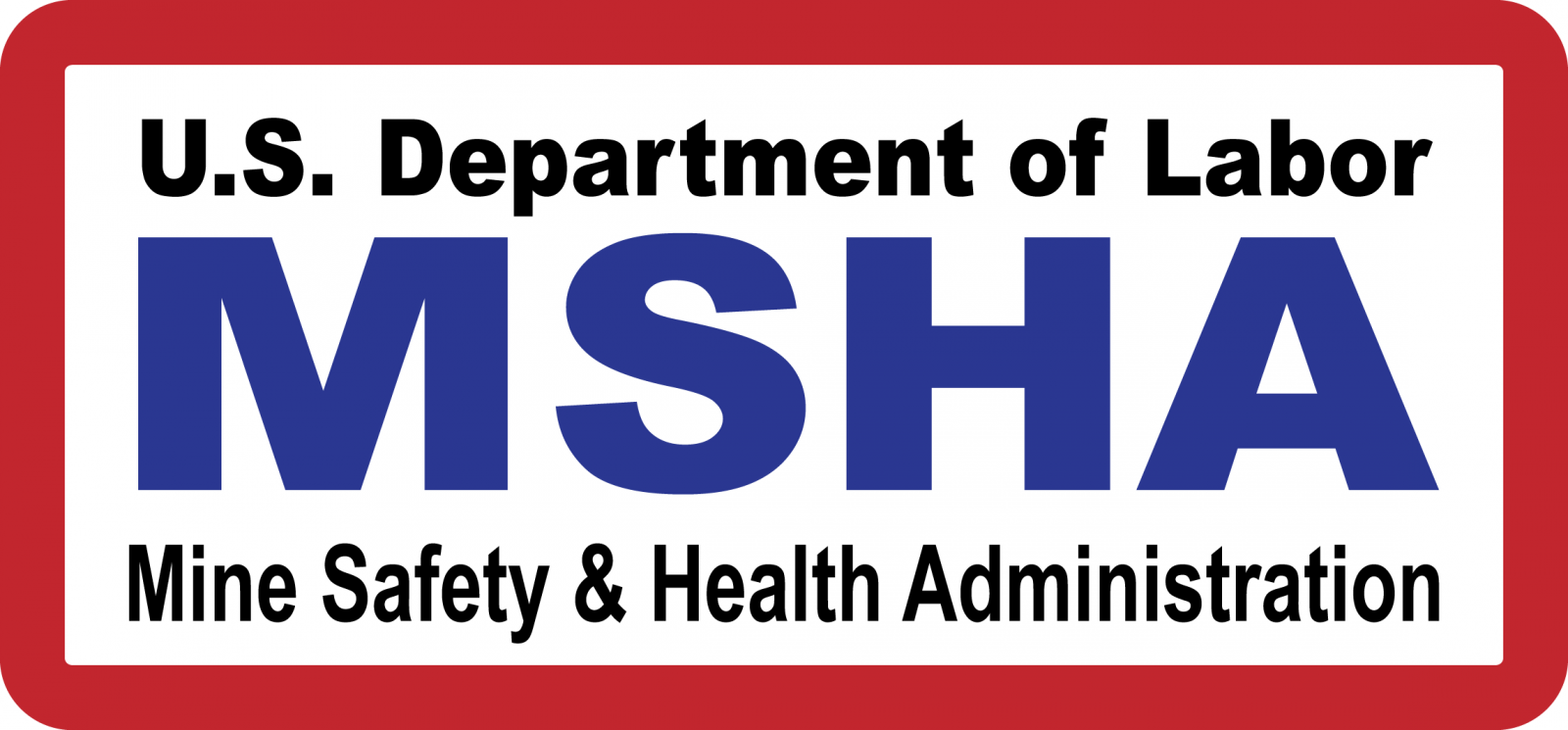 Safety first, not third
Safety first, not third
The dangers of mining are no secret, and if you’re looking into a career in mining it’s good to know about the disasters that have happened and how miners are protected.
MSHA is responsible for carrying out what was set forth in the Federal Mine Safety and Health Act of 1977. However, even with the precautions in place, mining accidents and MSHA violations do still happen.
Busted.
So what does happen when mines violate the provisions MSHA enforces? If on one of the required quarterly visits of an underground mine or a semi-annual inspection of a surface mine MSHA uncovers a violation, MSHA has variety of consequences at their disposal they may hand out.

Fines are typically the most common, although occasionally the inspector will “issue and order to withdraw due to imminent danger,” and more uncommonly, if the circumstances are dire enough, jail time for the perpetrators can be the result of a lawsuit.
Disaster at Crandall Canyon
In one instance, Crandall Canyon Mine of Emery County, Utah, collapsed and left six miners trapped. Rescue efforts failed, and the six miners along with three rescue workers ended up dying as a result of the collapse.
Prior to the collapse of 2007, in 2006 the mine received several safety violation citations, including one stating the mine contained less than the required number of escape routes. In 2007, after the deadly collapse, the operators of the mine, Genwal Resources, were cited for poor pillar support and unsafe work areas and were consequently fined 1.34 million dollars.
The Upper Big Branch Mine
In 2010, a massive, but preventable explosion killed 29 miners and the Upper Big Branch Mine in Naoma, West Virginia. Gary May, the superintendent of the mine was sentenced to 21 months in prison after it was discovered that the operating company, Massey Energy, had knowingly violated MSHA safety protocols.

David Hugart, a high ranking Massey Engery Official, was handed down 42 months in prison. Even more serious, Don Blankenship, former CEO of Massey Energy is still only in trial and is facing up to 31 years of jail time.
Looking out for miners
When MSHA first began working under the Mine Act of 1977, 1978 saw the death of 242 miners. Last year, that number decreased to 28. MSHA is committed to improve safety standards for all U.S. miners, but even with such an agency in place, accidents and violations still occur.
Before you go to work for a company, do your research, look into the management you will be working for and make sure that they put the safety and well-being of their employees ahead of making a profit.

Look into their training and safety programs – are they well-structured and funded? Check into their track record of days without injury at work. Do they report a lot of injuries? And if people are injured, how fully do they support recovery?
Education and awareness are key in making sure you are not a miner that falls prey to a mining disaster.

-1.png)

